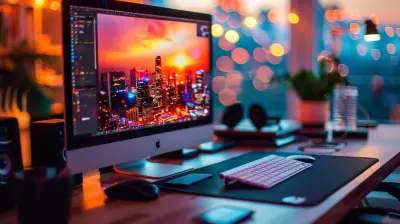Smartphone Photography: Tips for Capturing Stunning Photos
16 October 2025
Smartphone cameras have come a long way, haven’t they? Gone are the days when you needed a bulky DSLR to take breathtaking photos. With the right techniques, you can capture stunning images right from your phone!
But how do you make the most of your smartphone camera? Don’t worry—I’ve got you covered. In this guide, we’ll dive into practical and easy-to-follow tips that’ll take your mobile photography to the next level. 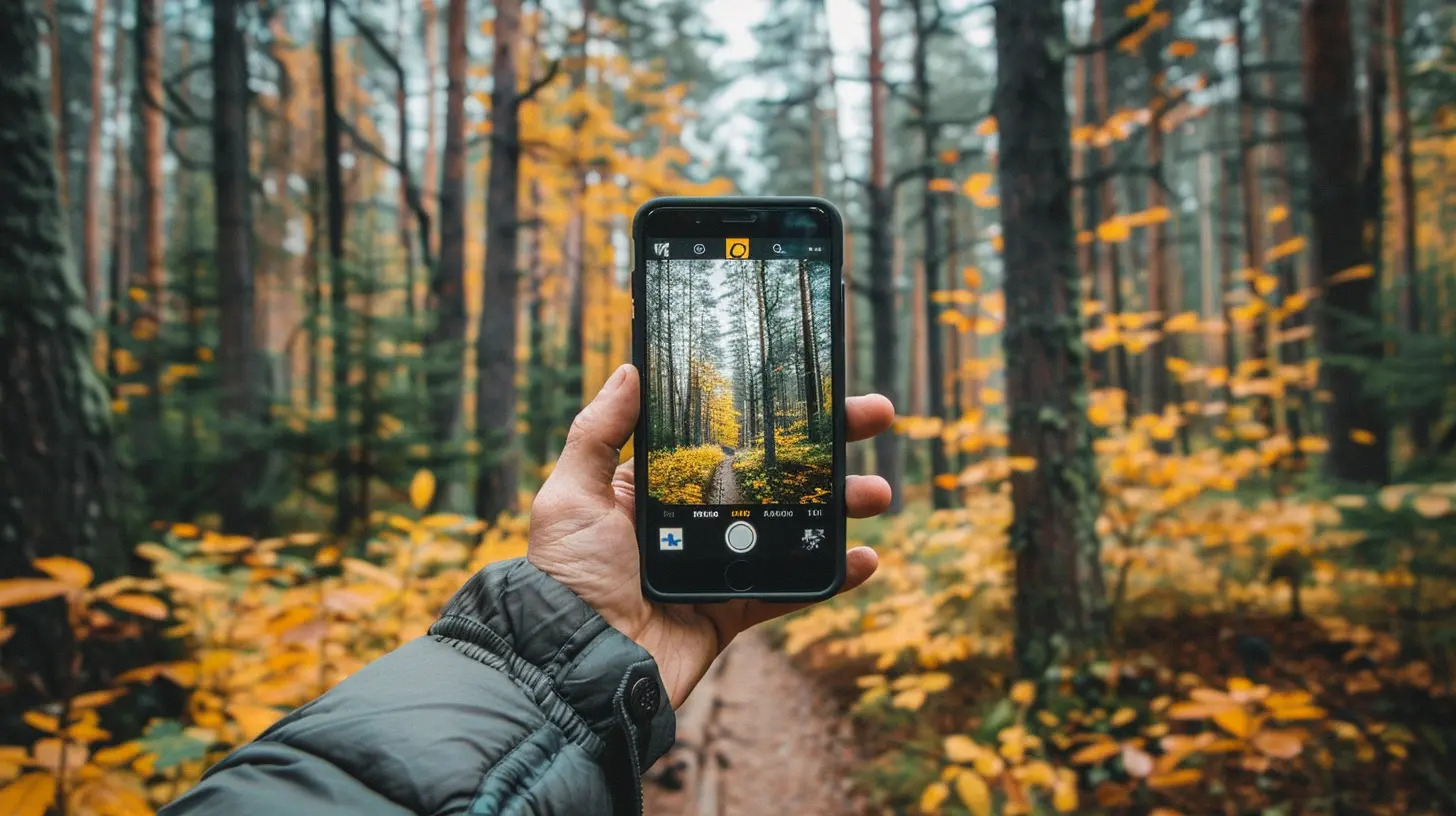
1. Master Your Camera Settings
Before snapping pictures left and right, take a moment to understand your phone’s camera settings. Many smartphones have Pro or Manual modes that allow you to tweak settings like:- ISO – Controls how much light your camera sensor captures. Lower for bright conditions, higher for low light.
- Shutter Speed – Determines how fast the camera captures light. Fast shutter speeds freeze motion, while slow ones create light trails.
- White Balance – Adjusts color tones to make sure whites look natural.
If your phone doesn’t have manual controls, no worries! Simply experimenting with different modes like Portrait, Night, or HDR can significantly improve your shots. 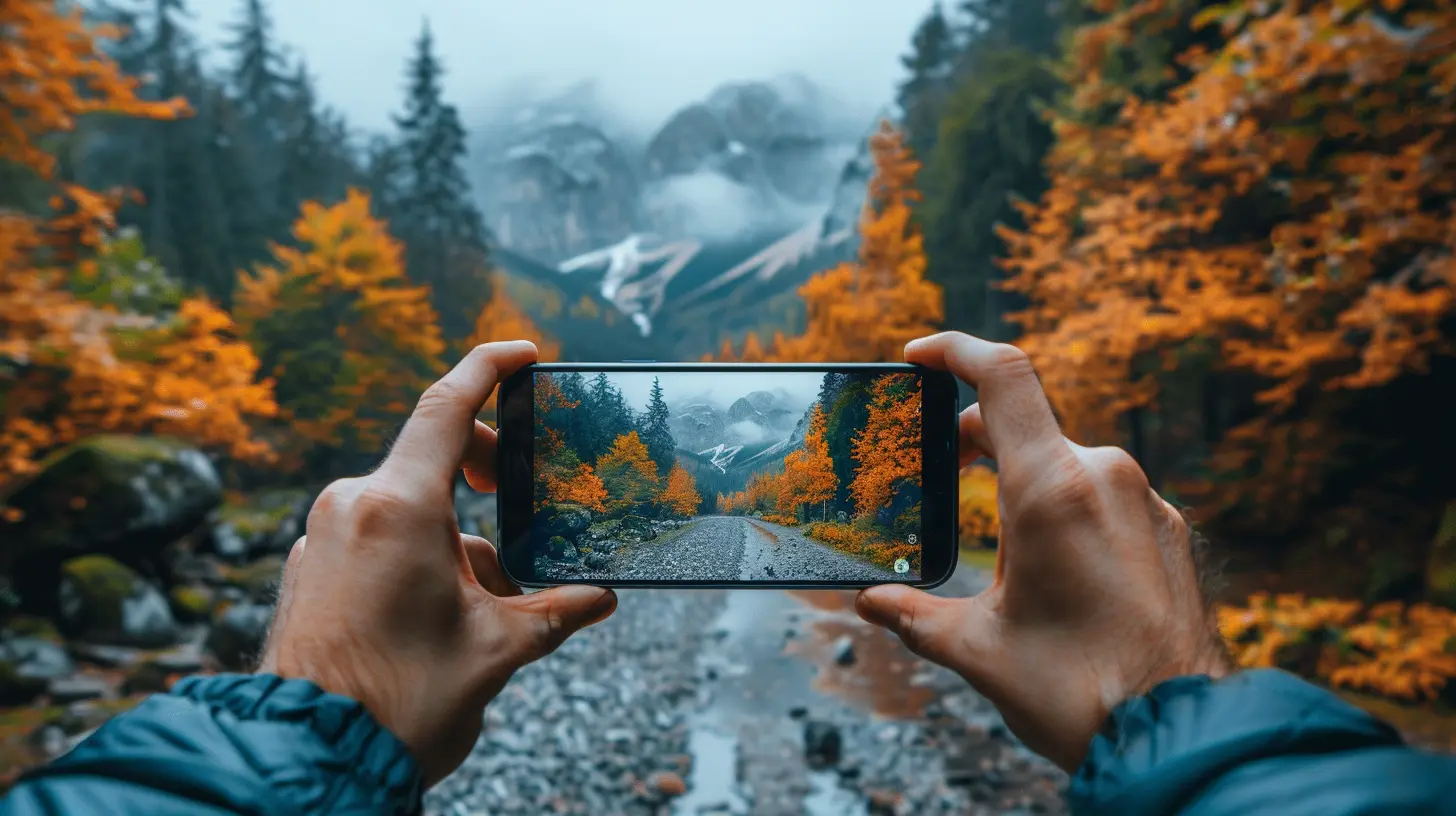
2. Use Natural Light to Your Advantage
Lighting is everything in photography. Natural light makes your photos look vibrant, detailed, and professional—without needing fancy equipment.- Shoot during golden hour – Right after sunrise or before sunset, the soft golden hues make everything look magical.
- Avoid harsh midday sun – Unless you’re looking for dramatic shadows, midday sunlight can be too harsh.
- Use window light indoors – If you’re taking photos inside, place your subject near a window for soft, flattering light.
If it's dark, don’t just rely on your phone’s flash—it often creates harsh and unnatural lighting. Instead, try external light sources like a lamp or even a friend’s phone flashlight! 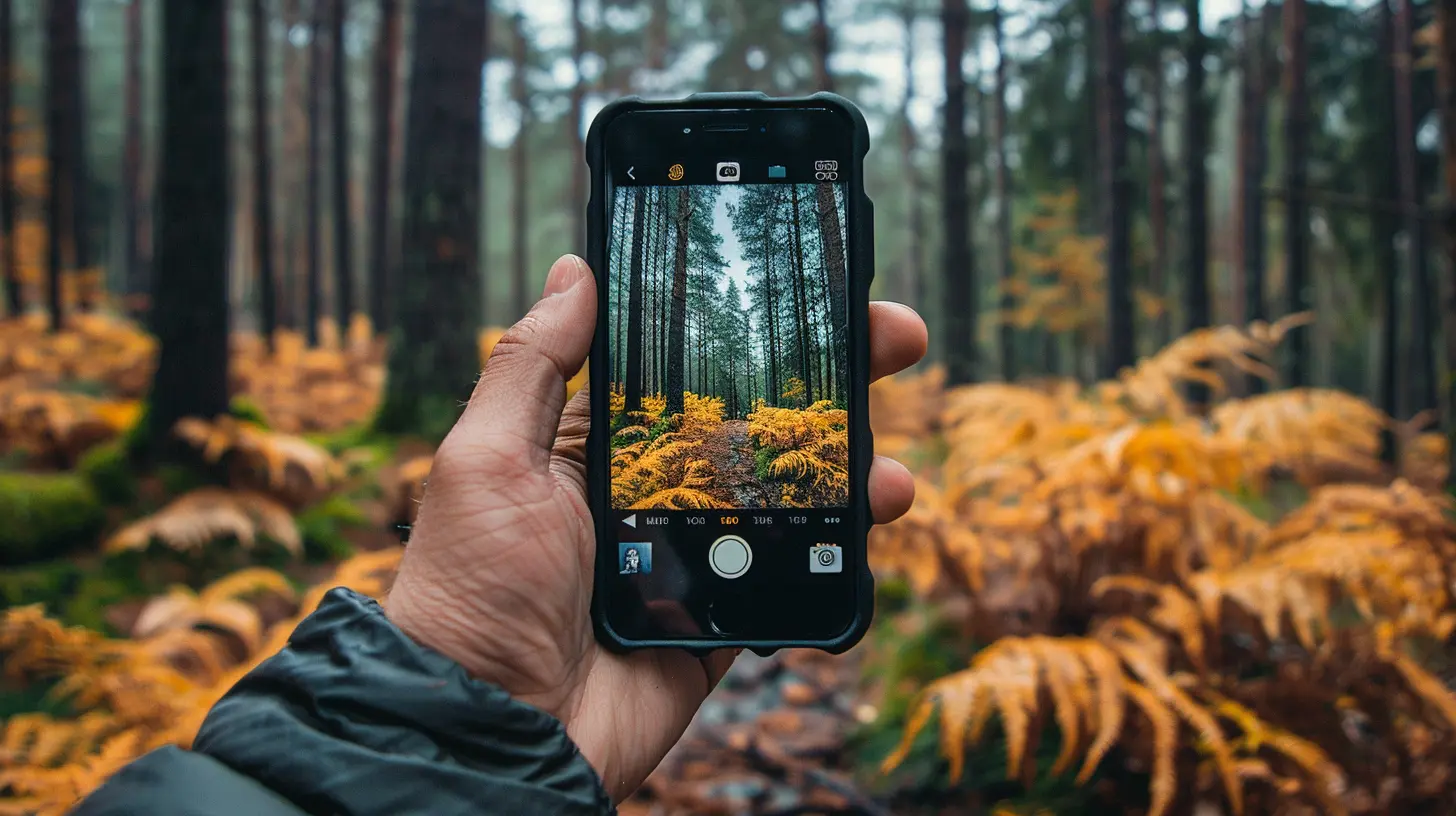
3. Clean Your Lens (Seriously, Do It!)
I know, it sounds simple, but you’d be surprised how many people overlook this. Your phone spends a lot of time in your pocket or bag, collecting fingerprints and dust. A quick wipe with a microfiber cloth (or even your shirt) can make a world of difference in clarity.Think of it like looking through a dirty window—no matter how good your camera is, a smudged lens will ruin your shot. 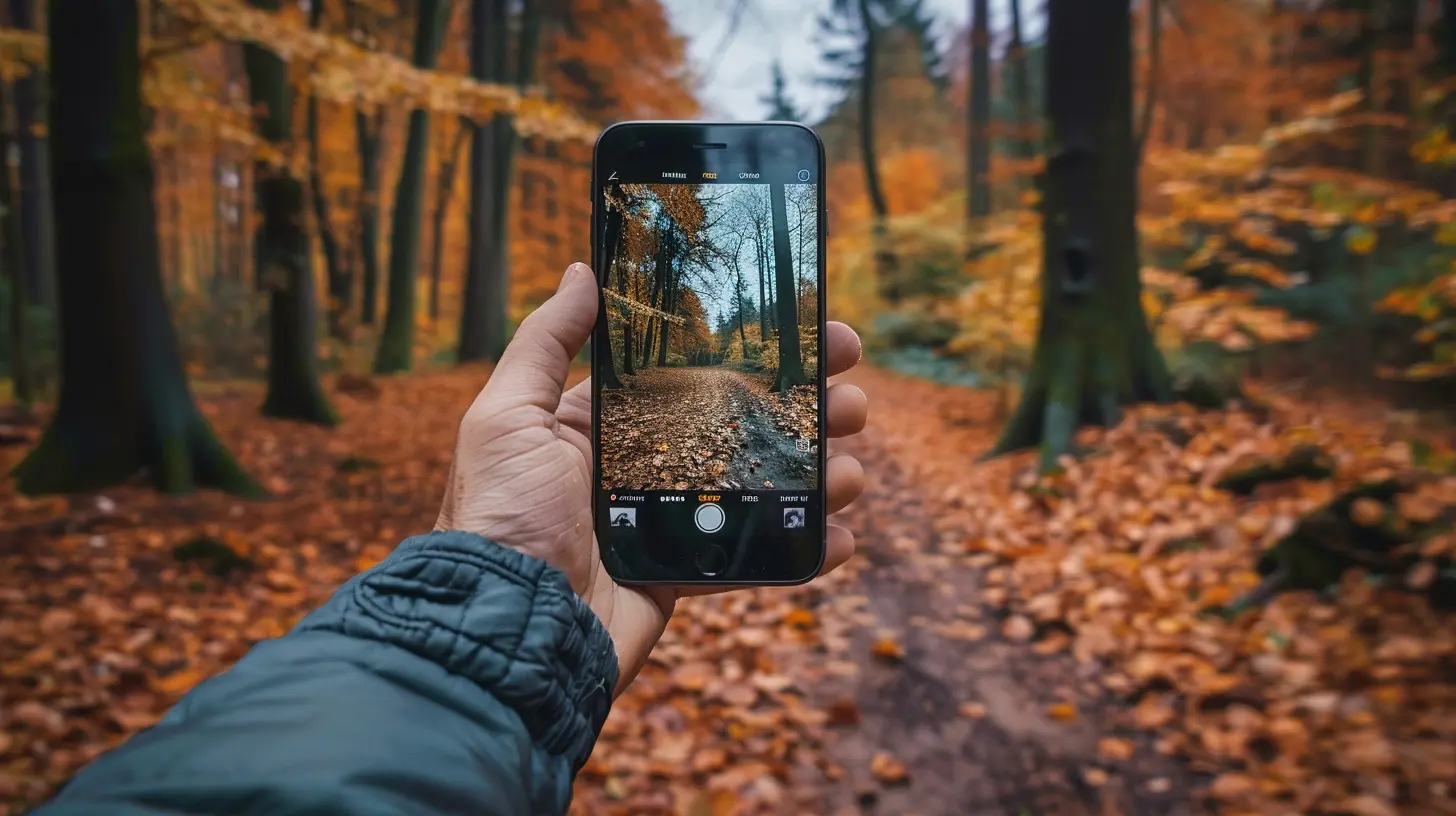
4. Follow the Rule of Thirds
Composition can make or break a photo. One of the simplest tricks to improve your shots is the Rule of Thirds.Most smartphones have a grid option in the camera settings—turn it on! This grid divides your screen into nine equal parts. To create a balanced and visually appealing photo, place your subject along these lines or at their intersections.
This rule helps guide the viewer’s eye naturally through the image, making your photos look effortlessly professional.
5. Focus and Adjust Exposure Manually
Your phone’s autofocus is smart, but not perfect. Tap on your subject to manually set the focus and ensure it stays sharp.Once you tap to focus, you’ll often see a small sun or slider—this lets you adjust exposure. If your shot looks too bright or too dark, slide up or down to get the perfect balance.
This little trick makes a big difference, especially in tricky lighting conditions!
6. Keep Your Hands Steady (Or Use a Tripod)
Blurry photos? Probably shaky hands! Even the slightest movement can ruin a great shot.- Hold your phone with both hands and tuck your elbows close to your body.
- Use a wall, table, or any surface to stabilize yourself.
- If you’re serious about sharp photos, invest in a small tripod or use a pop socket for better grip.
For night shots or low-light conditions, using a tripod with the phone’s Night mode can result in crisp, clear images without any blur.
7. Experiment with Different Angles
Perspective changes everything. Instead of always shooting at eye level, mix it up!- Shoot from a low angle – Makes subjects look larger and more dramatic.
- Try overhead shots – Great for food photography or flat-lay compositions.
- Use reflections – Puddles, windows, and mirrors can make for creative shots.
Don’t be afraid to move around and see the scene from different viewpoints—you might just find the perfect angle!
8. Take Advantage of HDR Mode
HDR stands for High Dynamic Range, and it helps capture details in both bright and dark areas of an image.When to use HDR:
✅ Capturing landscapes with bright skies
✅ Backlit scenes where the subject is in shadow
✅ High-contrast scenes with both dark and light elements
Just be careful—HDR mode takes multiple exposures and blends them together, so if your subject is moving, it can cause a slight blur.
9. Utilize Portrait Mode for Stunning Background Blur
Want that professional, DSLR-like blurred background? Most modern phones have Portrait Mode, which uses software to create a shallow depth of field effect, blurring the background while keeping your subject in focus.For best results:
✔️ Ensure there’s enough space between your subject and the background
✔️ Avoid super busy backgrounds that might confuse the software
✔️ Adjust the blur intensity if your phone allows it
This mode is particularly great for portraits, pets, and close-up shots of objects like flowers or food.
10. Edit Like a Pro
Even the best photos can use a little touch-up. Luckily, you don’t need expensive software—amazing edits can be done right from your phone!Top editing apps to try:
- Snapseed – Powerful and free, great for detailed adjustments.
- Lightroom Mobile – Excellent for color correction and exposure tweaks.
- VSCO – Simple filters and adjustments for a clean aesthetic.
When editing, less is often more. Enhance colors, adjust brightness, and sharpen details—but don’t overdo it with heavy filters or extreme saturation.
11. Use Leading Lines for Strong Composition
Leading lines naturally draw the viewer’s eye into the photo, making it more engaging. These can be roads, fences, pathways, bridges, or even shadows.Next time you’re out and about, look for elements that create depth and perspective in your shots. It adds a professional touch without any extra effort!
12. Capture Motion with Burst Mode
Need to freeze a fast-moving scene? Burst Mode is your best friend.Holding down the shutter button (or volume button) on most smartphones will snap multiple shots quickly. This is perfect for action shots, sports, or capturing kids and pets in motion.
Later, you can go through the burst and pick the sharpest, most perfect frame.
13. Don’t Just Capture—Tell a Story
A great photo isn't just about looking good—it should evoke emotions and tell a story. Think about what you're trying to convey before you press the shutter.- Capture candid moments rather than just staged poses.
- Focus on small details that add character to the scene.
- Use expressions, movement, and composition to add depth.
The best photos make the viewer feel something—so don’t just aim for a pretty picture, aim for a meaningful one!
Final Thoughts
Smartphone photography is an art anyone can master with a little practice. By understanding composition, lighting, and camera settings, you can transform ordinary snapshots into stunning images.So grab your phone, get out there, and start capturing the world through your lens—one amazing photo at a time!
all images in this post were generated using AI tools
Category:
SmartphonesAuthor:

Reese McQuillan
Discussion
rate this article
1 comments
Cash Miller
Smartphone photography thrives on creativity; mastering light and composition transforms ordinary shots into art.
October 16, 2025 at 3:57 AM

Reese McQuillan
Absolutely! Emphasizing creativity with light and composition can truly elevate your smartphone photography to an art form.
